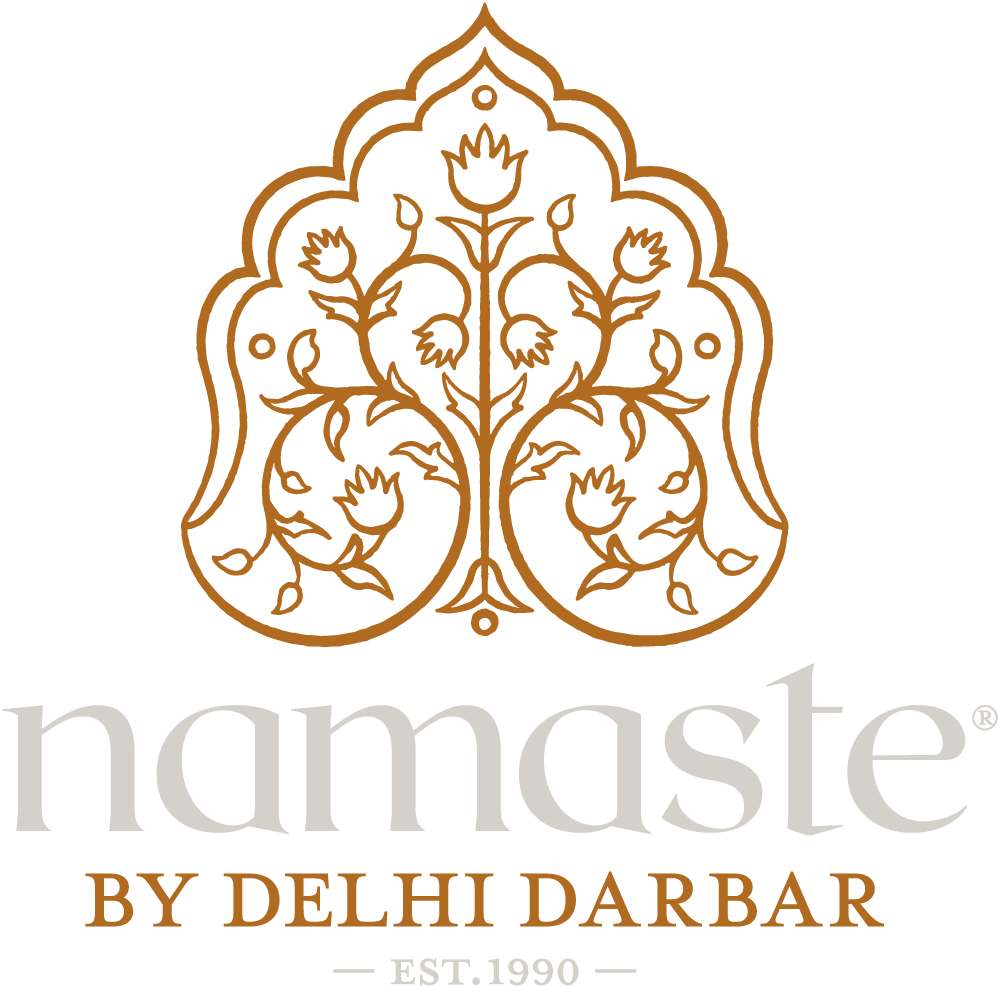At Namaste, whether you drop in for a warming and award-winning Masala Chai and spicy Cinnamon Knot or join us for lunch or dinner, we see every visit as a chance for celebration. Simply enjoying time with family or friends, or toasting a business deal or promotion, a birthday or anniversary, with the right food, surroundings and company, any occasion can be made to feel special.
This month we celebrate Lohri, an age old folk festival marking an end to the shorter, darker and colder days of winter.
What is Lohri?
Lohri is one of northern India’s most eagerly anticipated and celebrated festivals. It is signified by the traditional lighting of a bonfire, acknowledging the end of the winter solstice and the start of longer days as the sun enters the northern hemisphere.
When is Lohri celebrated?
Lohri is celebrated on the 14th of January, during the Hindu month of Pausha and the night before Maghi, or Makhar Sakranti. Its date is determined by the Hindu Solar Calendar and so this date can change slightly every 70 years or so.
Is Lohri observed throughout India?
Lohri is a more regional festival celebrated primarily in the Doggar and Punjab regions of northern India, including Jammu, Haryana and Himachal Pradesh.
How is Lohri celebrated?
Families often celebrate more quietly at home where rituals are performed, however younger members of the community start collecting pieces of wood a few weeks before the festival to create huge community bonfire. As night falls on Lohri, these bonfires are lit, and locals cast handfuls of popcorn, peanuts or sesame seeds into the flames. Both approaches usually include the wearing of bright clothes with singing and dancing playing a huge part of the celebrations.
Are specific dances or instruments associated with Lohri?
Although not solely associated with Lohri, the highly energetic bhangra and gidda dances are enjoyed accompanied by the unmistakable sound of the dhol drum.
Is Lohri a religious festival?
Lohri is a Punjabi folk or harvest festival that marks the passing of the colder winter months. Prasad, which are gifts usually of vegetarian food or water that have been offered to deities in thanksgiving and are therefore blessed, are subsequently passed around and enjoyed by those celebrating.
What are the origins of Lohri?
Lohri is an ancient mid-winter festival thought to originate in the more exposed and therefore colder regions surrounding the Himalayas, a mountain range separating the plains of the Indian subcontinent from the Tibetan Plateau. This region has some of the world’s highest peaks, including the very highest, Mount Everest. Those who worked on the land would very much welcome the promise of better weather, lighting bonfires to celebrate a good winter crop season.
Does Lohri have any links to local folklore?
Lohri is often linked to the legend of Dulla Bhatti who lived during the reign of Mughal Emperor Akbar in the 16th century, and one tale is reflected in many traditional songs. During the day, children go around homes singing about two young girls, Sundri and Mundri, who were supposedly saved from a life of slavery and early marriage by Dulla Bhatti’s father. Today’s children hope to be rewarded for their performances with sweets, savoury snacks or money.
Is Lohri a time for tricks or just for treats?
Much like Hallowe’en, there can be a slightly darker side to Lohri. As night falls, groups of young boys visit local homes, singing songs in return for Lohri goodies. Failing to reward the children is said to bring bad luck and so one member of the group has a rope tied around his waist and his face smeared with ash. If householders fail to provide what the boys feel is a fair reward, they threaten to loosen the rope, allowing the boy to enter the home and to smash clay pots on the family stove.
Is Lohri seen as an auspicious occasion?
A new bride or mother’s first Lohri is deemed extremely auspicious and, where possible, is celebrated with the entire family around the fire.
Are specific foods or dishes associated with Lohri?
The dish most often associated with Lohri is Sarson Da Saag, a comforting, creamy and nutritious dish of mustard leaves cooked with a variety of warming spices including garlic, ginger and chilli. It is traditionally served with Makki Di Roti, a cornmeal chapatti, although it can also be accompanied by paratha or steamed basmati rice.
The sugarcane harvest is marked with treats such as Rewri, a crunchy sweet made with jaggery, sesame seeds and ghee (clarified butter). Monkey nuts are also harvested around this time and, when roasted, provide a further enjoyable Lohri snack.
Celebrate Lohri with us at Namaste
The end of winter and the promise of warmer, lighted days is something that is celebrated the world over.
At Namaste, we invite you try Chicken Malaidar, our delicious take on Sarson Da Saag. Tender chicken pieces sit within a deliciously creamy sauce with pureed spinach, mushrooms, onion, cardamon and green chillies. Pair with a serving of basmati pilau rice, fresh garlic naan and perhaps our aptly named Fire & Spice cocktail and finish with an indulgently creamy Jaggery Rice Pudding.
